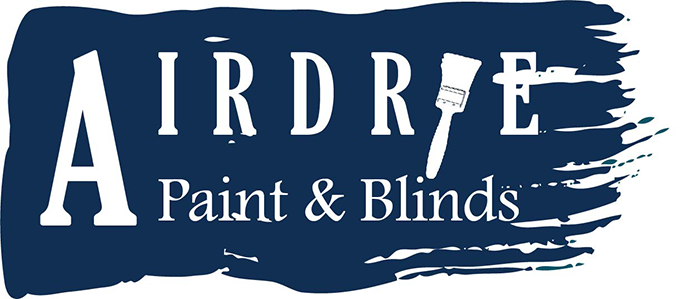Oftentimes, clients ask if they can save money on their projects by applying one coat of paint instead of two. The short answer is, “Yes, you can save a small amount of money in the short term, but it will cost more money in the long run.”
A coating of paint serves many purposes: color change, cleanability, increased surface durability, to name a few. Depending on the color and condition of the surface to be coated, sometimes one coat of paint is just not possible. One coat of paint does not offer full color coverage, so the base color often bleeds through and alters your true color choice.
Similarly, one coat of lighter colored paint will simply not cover a darker color. Many clients want the ability to clean the painted surface.
One coat of paint is more difficult to clean because paint soaks into porous surfaces. The second coat provides a type of seal and barrier, which makes it easier to wipe and clean.
Durability is also better with two coats of paint.
Bumps and nicks tend not to penetrate through both layers of paint, which makes touchups less frequent and saves money long term.
The reason for this is, when looking at paint film under a microscope, it is filled with tiny pinholes. These pinholes cause the surface to be not as smooth, and allow it to be more susceptible to dirt and premature wear. By applying 2 coats, there is less chance of the pinholes lining up.
Imagine a piece of paper with many randomly place pinholes in it. Light and color can show through the holes. But if you place another piece of paper with random pinholes on top of the first piece, the pinholes will not line up and light and color will be blocked from showing through.
Two coat applications give you less porous surfaces with better
wearability against the elements. Typical industrial applications (especially steel) call for 3 coats to maximize the length of the coating application.
Another reason two coats of paint are preferable is to insure even distribution of the paint. In order to obtain complete coverage with one coat, the paint film must be applied at a thickness that is not ideal and leads to problems like wrinkling. This thick, one – coat coverage sometimes even voids manufacturer warranties. Proper paint technique is to apply two, thinner layers of paint to obtain complete, even coverage.
A two coat application will look better and last much longer.
Although the upfront cost might be slightly higher, applying two coats is a better investment overall. Depending on the material used and surface painted, most
Two – coat systems can last twice as long. Adding one additional coat of paint brings a minimal cost increase (usually less than 20% of the overall project cost).
Most of the cost involved in a paint job comes from the preparation and labor. Second coats can be applied 4X more quickly than first coats because the prep work is already completed and the porous surfaces have already been filled.
The minimal cost increase for a second coat well outweighs the cost of completely repainting 2-4 years sooner than necessary.
So the next time you are considering saving some money by eliminating a coat of paint, consider the performance issues and long-term budgeting requirements of your decision. In the majority of cases, a small increase in up-front investment will go a long way toward enhancing your facility and ensuring a smart investment for the long term.
